This is about essential SAP terms and their full forms.
You’ll learn the meaning of SAP terms like:
- SAP ERP
- SAP S/4HANA
- SAP Fiori
- SAP NW
Get a quick start with SAP or check your knowledge.
Let’s dive right in!
#1 What Does SAP Mean?
SAP full form is German originally—the SAP full form in German is Systeme, Anwendungen und Produkte in der Datenverarbeitung.
Luckily for SAP, the full form of SAP works out in English as well: SAP stands for Systems, Applications, and Products in Data Processing.
In 1976, the SAP full form changed from the German “Systemanalyse und Programmentwicklung” or in English “System Analysis and Program Development” to what it is today.
SAP is the world’s leading provider of ERP (Enterprise Resource Planning) software solutions that organize the various processes within companies and across company boundaries.
SAP (Systems, Applications, and Products in Data Processing) SE (Societas Europaea) is a European worldwide operating software company that makes software for the management of business processes suitable for companies and organizations of any size and industry.
SAP offers highly customizable business applications for midsize and large companies, along with more standard solutions for small and midsize companies.
SAP’s ERP flagship software supports industry-specific solutions for:
- Consumer Industries
- Agribusiness
- Consumer Products
- Fashion
- Life Sciences
- Retail
- Wholesale Distribution
- Discrete Industries
- Aerospace and Defense
- Automotive
- High Tech
- Industrial Machinery and Components
- Energy and Natural Resources
- Building Products
- Chemicals
- Mill Products
- Mining
- Oil and Gas
- Utilities
- Financial Services
- Banking
- Insurance
- Public Services
- Defense and Security
- Federal and National Government
- Future Cities
- Healthcare
- Higher Education and Research
- Regional, State, and Local Government
- Service Industries
- Cargo Transportation and Logistics
- Engineering, Construction, and Operations
- Media
- Passenger Travel and Leisure
- Professional Services
- Sports & Entertainment
- Telecommunications
Here is a list of all of SAP’s ERP modules including the industry solutions.
SAP’s flagship product is the SAP ERP business suite called SAP S/4HANA, which can be tailored to meet specific requirements and business objectives.
SAP S/4HANA is based on the SAP HANA database technology developed by SAP, in which data is no longer stored on the hard disk but in the main memory and is therefore available more quickly.
Recently, SAP heavily invested in the CRM market by acquiring cloud computing companies and their CRM cloud applications.
SAP tied together and integrated the CRM applications into its software portfolio.
SAP called the emerged CRM business suite SAP C/4HANA and later SAP CX (Customer Experience) that contains cloud computing applications for:
- Sales (SAP Sales Cloud)
- Customer Service (SAP Service Cloud)
- Marketing (SAP Marketing Cloud)
- Commerce (SAP Commerce Cloud)
- Customer Data (SAP Customer Data Cloud)
Five former IBM (International Business Machines) employees founded SAP in 1972.
They worked together in the German IBM AI department on an enterprise-wide system standard software.

They left IBM and started SAP after IBM canceled a project at a customer, and they and IBM couldn’t agree on who would work with whom in the next project.
Leaving IBM didn’t turn out so bad. Today SAP is the the third largest software and programming company worldwide:
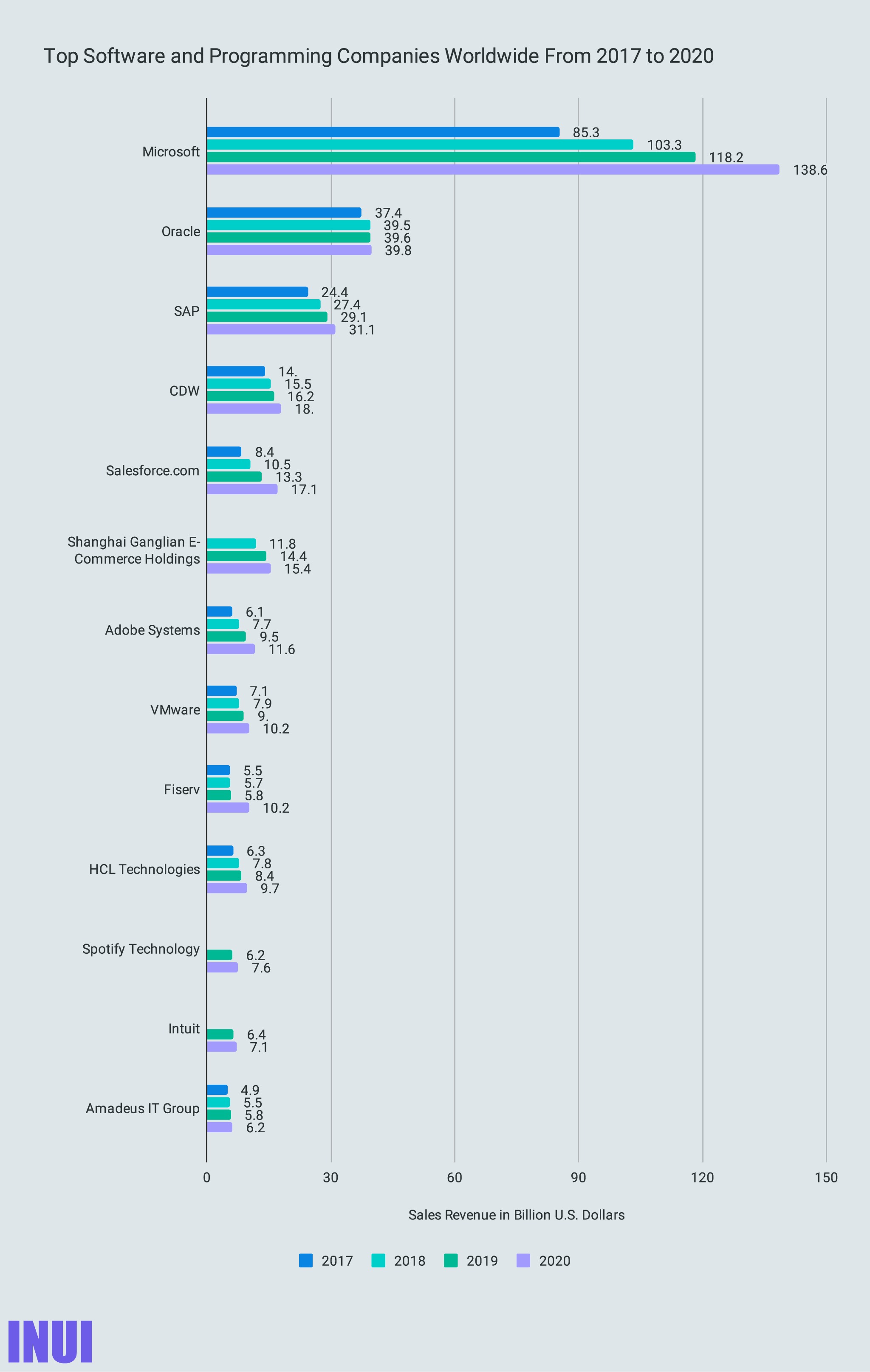
So in a nutshell, SAP makes business software to manage the various business processes within an organization.
You can learn more about SAP here.
#2 What Does SAP ERP Mean?
By now, you know what SAP means—that leaves ERP:
SAP ERP full form is SAP Enterprise Resource Planning.
A definition of ERP is:
Enterprise resource planning (ERP) is the integrated management of core business processes, often in real-time and mediated by software and technology.
[Wikipedia]
Let’s put it more simply.
ERP is software and hardware to run a business. Here’s the ERP software market size (including CRM and other ERP subcategories such as SCM and PLM):

To put that in perspective, another market with about $100 billion is the global entertainment industry.
ERP software is the main business area of SAP (remember, SAP is #1 in the ERP market). SAP’s flagship product is the so-called SAP ERP business suite—business suite means a bundle of applications. SAP S/4HANA is it’s latest version.
Businesses using SAP ERP applications are able to manage and view all business-relevant areas of their businesses in context, such as finance, HR, and production.
The versions of SAP’s ERP business suite for enterprises are in chronological order:
- SAP RF (Real-Time Financial)
- Released in 1973 and later renamed to SAP R/1
- SAP R/2 (Real-Time Tier 2)
- Released in 1979
- SAP R/3 (Real-Time Tier 3)
- Released in 1992
- SAP ECC (ERP Central Component)
- Released in 2004
- SAP S/4HANA (Business Suite 4 SAP HANA)
- Released in 2015

SAP ERP business suite versions before SAP S/4HANA were on-premise applications, but SAP S/4HANA can be deployed in several ways:
- On-premise
- Cloud
- Hybrid (on-premise and cloud)
SAP’s ERP products for small and medium-sized businesses include:
- SAP Business One
- Released in 1995 and an on-premise application
- SAP Business ByDesign
- Released in 2007 and a cloud computing application
#3 What Does SAP R/3 Mean?
SAP R/3 full form is SAP Real-Time 3 Tier.
SAP R/3 is an ERP standard software developed by SAP and released in 1992.
The SAP R/3 ERP incorporates the key business functions and processes of a company such as Finance, HR, and Material Management.
The Real-Time of the full form of SAP R/3 is because many companies were storing data mechanically on punch cards when SAP was founded in 1972.
On the contrary, SAP systems stored data electronically via a user interface in a database—in real-time.
The 3 Tier of the full form of SAP R/3 is because of the three-tier architecture which SAP R/3 uses.
An SAP R/3 system has three layers:
- Presentation layer
- Application layer
- Database layer
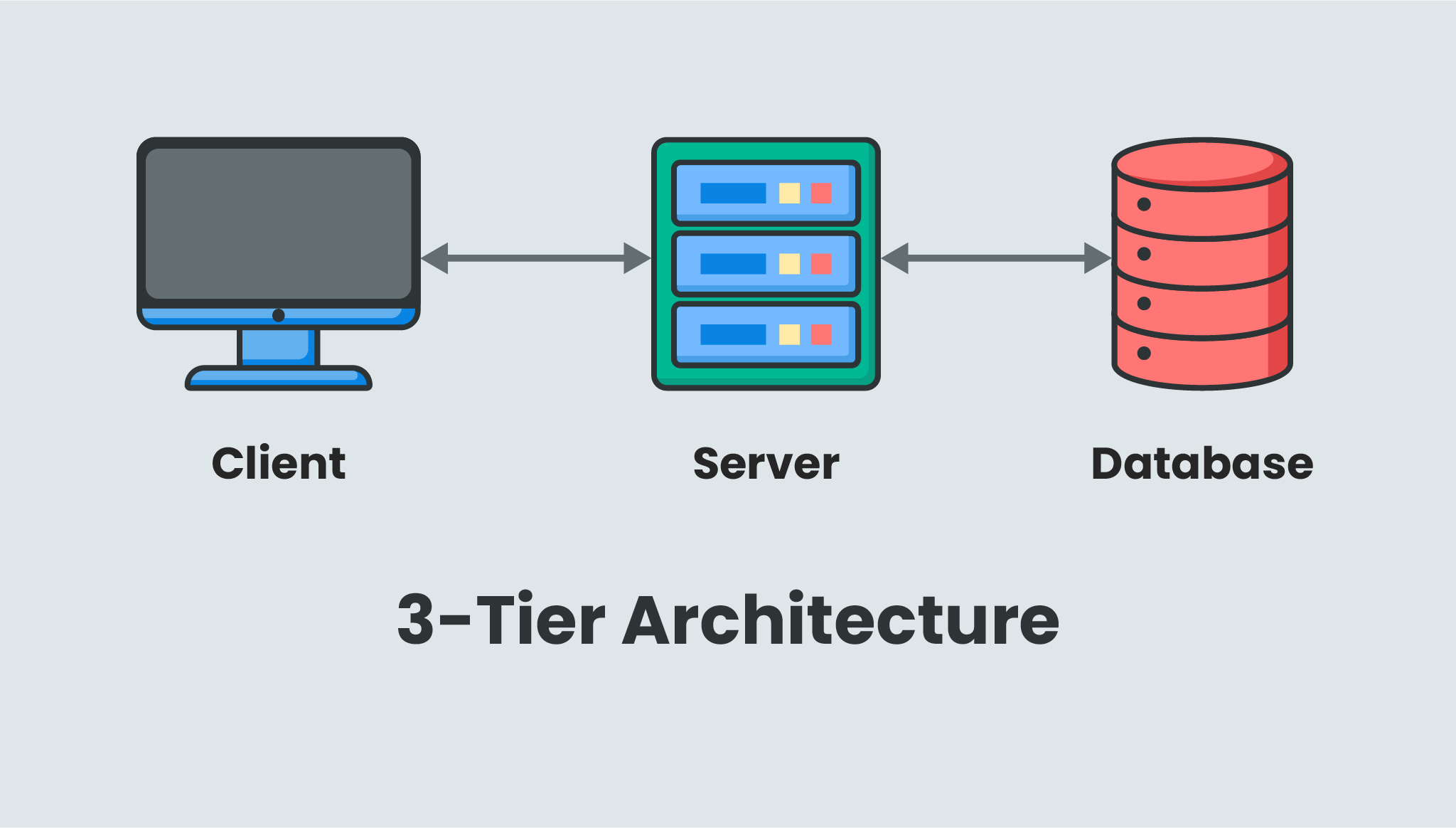
The presentation layer provides the interface for the user, the application layer handles the business logic, and the database layer stores the business data. Each layer is a different system.
Prior to SAP R/3, there were SAP R/1 and SAP R/2.
SAP R/1 vs. SAP R/2 vs. SAP R/3
Here’s a comparison of early SAP ERP versions:
SAP R/1
SAP R/1 (SAP Real-Time 1 Tier) came out in 1973.
SAP R/1 started out as a financial accounting system.
Later, it served as the cornerstone for developing further software modules for the system, such as the HCM (Human Capital Management) module.
SAP R/1 was running on-site on the customers’ DOS operating systems—it only had one-tier.
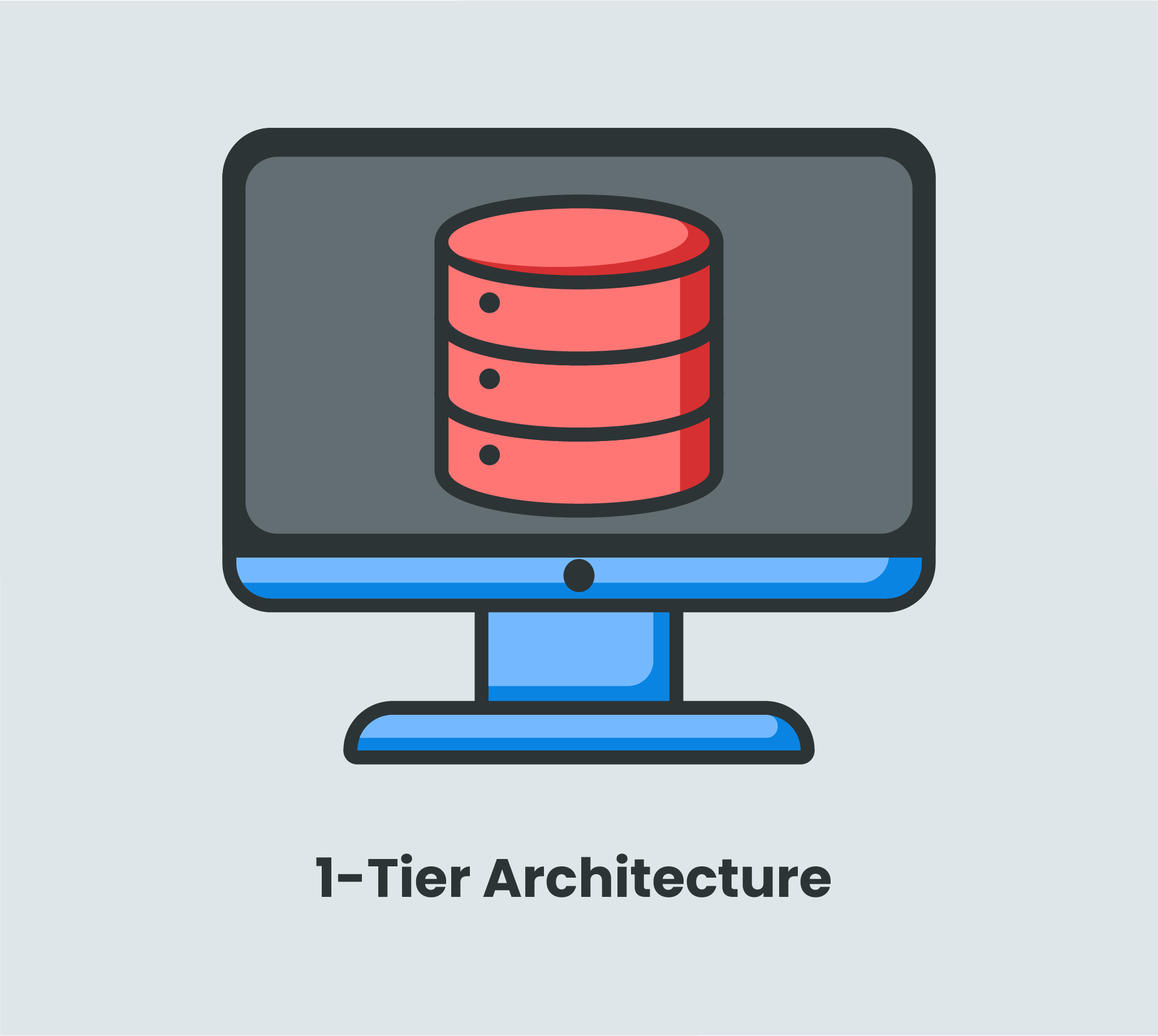
The presentation, application, and database were all on one layer, so it was one logical system.
SAP R/2
SAP R/2 (SAP Real-Time 2 Tier) came out in 1979.
SAP R/2 expands SAP R/1’s capabilities to other areas, like materials management and production planning.
SAP R/2 runs on mainframes and has two tiers.
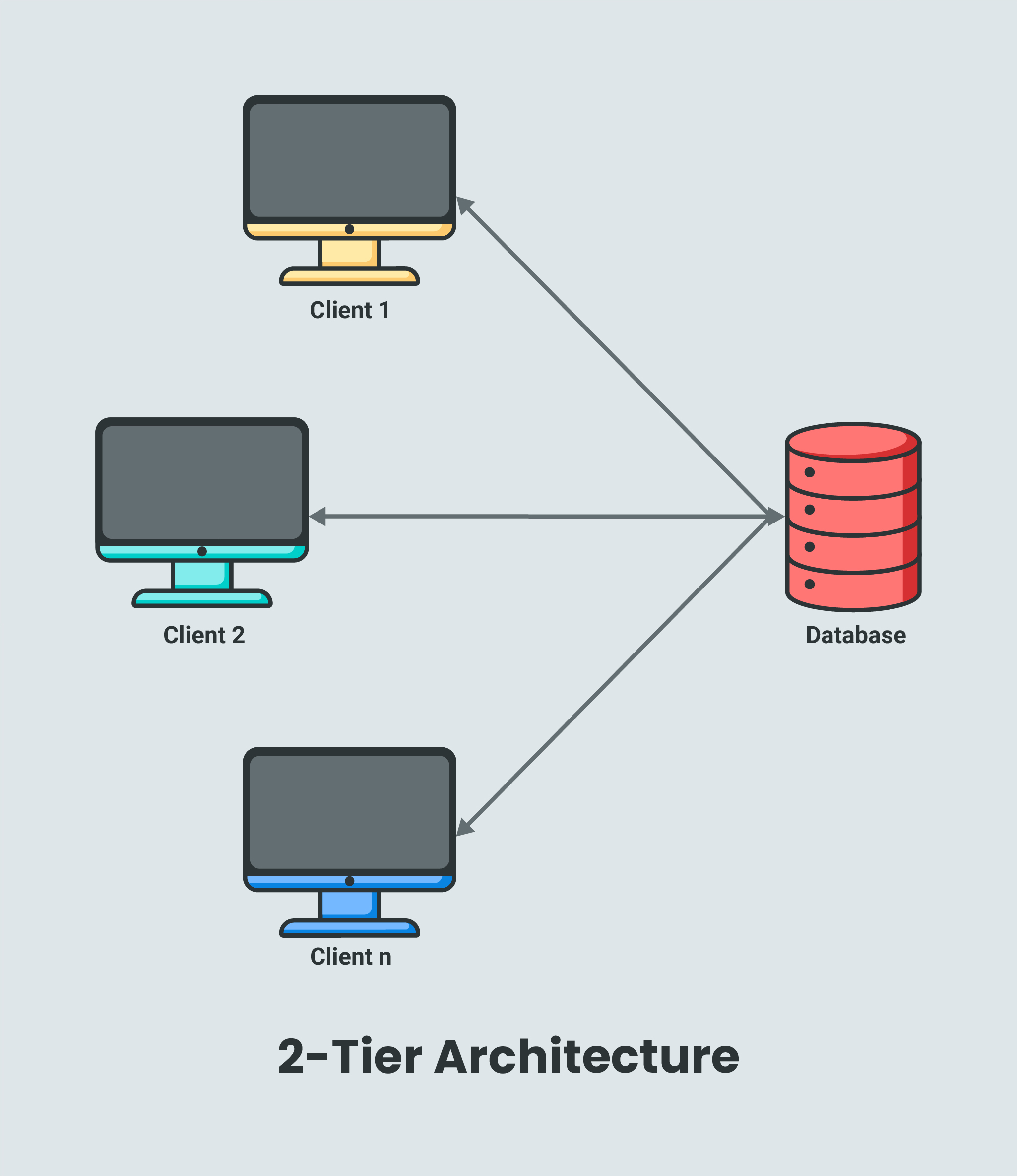
The presentation layer was separated from application and database layer.
SAP R/3
SAP R/3 (Real-Time 3 Tier) was released in 1992.
SAP R/3 later replaced the mainframe computing of SAP R/2 with the three-tier or client-server architecture as shown above.
#4 What Does SAP ECC Mean?
SAP ECC full form is SAP ERP Central Component.
The SAP ECC was released in 2004 as ECC 5.0 and replaced SAP R/3.
Actually, SAP R/3 is SAP ECC in disguise: SAP upgraded the SAP R/3 a number of times and with version 5.0, SAP changed the name from SAP R/3 to SAP ECC.
The latest version is SAP ECC 6.0, and this was released in 2006.
Since then, it’s been updated by enhancement packages.
The most recent enhancement package 8 was released in 2016.
SAP ECC has a three-tier architecture like SAP R/3.
The successor of SAP ECC is SAP S/4HANA.
#5 What Does SAP S/4HANA mean?
SAP S/4HANA full form is SAP Business Suite 4 SAP HANA.
SAP S/4HANA was released in 2015, which is the most recent version of SAP ERP systems.
SAP S/4HANA only runs on a HANA database.
SAP S/4HANA is simpler and faster than previous generations of SAP ERP suites. Plus, it adds a bunch of new features that are possible thanks to the HANA database.
SAP S/4HANA can be deployed on-premise like all SAP versions before it, as well as in the cloud or as a hybrid model with on-premise and cloud.
SAP joined the cloud computing world recently and has rapidly built up a full-fledged cloud computing portfolio including SAP S/4HANA Cloud.
The 4 in S/4HANA might mean different things:
- 4th generation of SAP’s ERP (SAP R/1, SAP R/2, SAP R/3, SAP S/4)
- 4 as literally “S 4 HANA,” therefore, “S for HANA” (Suite for HANA)
- 4-tier architecture in the sense of an additional tier through cloud applications:
- Cloud (presenation, application, and database layers combined in the cloud)
- Presentation (on-premise)
- Application (on-premise)
- Database (on-premise)
#6 What Does SAP HANA Mean?
SAP HANA full form is SAP High-Performance Analytic Appliance.
SAP HANA is a DBMS (Relational Database Management System).
An SAP HANA database is in-memory and column-oriented.
The primary function SAP HANA fulfills is a database server: storing and retrieving data on request from applications.
SAP HANA is not just a super-fast database. Its column-oriented design enables it to perform advanced analytics and extract, transform, and load data.
Plus, SAP HANA comes with SAP XSA (HANA Extended Application Services Advanced), an embedded application server in the database layer.
You can learn more about SAP HANA here.
#7 What Does SAP ABAP Mean?
SAP ABAP full form is taken from German.
ABAP stood for Allgemeiner Berichtsaufbereitungsprozessor.
Translated to English, ABAP full form is Generic Report Preparation Processor.
Later, SAP ABAP was renamed to SAP Advanced Business Application Programming.
SAP ABAP is a programming language for and by SAP and was released in 1983.
SAP ABAP was originally called Generic Report Preparation Processor because it could only program reports. SAP ABAP couldn’t make any changes to the database. SAP ABAP has been upgraded and is upgraded continuously.
For example, it can now not only make database changes, but is also object oriented.
The newest SAP ERP suite generation, SAP S/4HANA, uses SAP ABAP as well, but less than the previous generation, SAP ECC.
However, it’s probably never possible to say SAP without ABAP.
#8 What Does SAP CRM Mean?
SAP CRM full form is SAP Customer Relationship Management.
A definition of CRM is:
Customer Relationship Management (CRM) is the core business strategy that combines internal processes and functions and external networks, to create and deliver value to targeted customers at a profit. It is grounded on high-quality customer-related data and supported by information technology.
[Wikipedia]
Simply put: CRM is software and hardware to make your company better at serving your customers.
The first SAP CRM software was embedded in the SD (Sales and Distribution) module of the SAP R/3. It was was released in 1992.
In 2000, SAP released its first CRM application titled SAP CRM 2.0.
SAP CRM 2.0 evolved into SAP CRM 5.0, SAP CRM 6.0, and SAP CRM 7.0.
SAP’s latest CRM products are:
- SAP C/4HANA or now SAP CX (Customer Experience)
- SAP Sales Cloud
- SAP Service Cloud
- SAP Marketing Cloud
- SAP Commerce Cloud
- SAP Customer Data Cloud
- SAP S/4HANA for Customer Management
The CRM market overtook the DBMS (Data Base Management System) market in 2017 in terms of revenue and has since become the biggest single software market (obvious, the ERP software market as a whole is bigger):
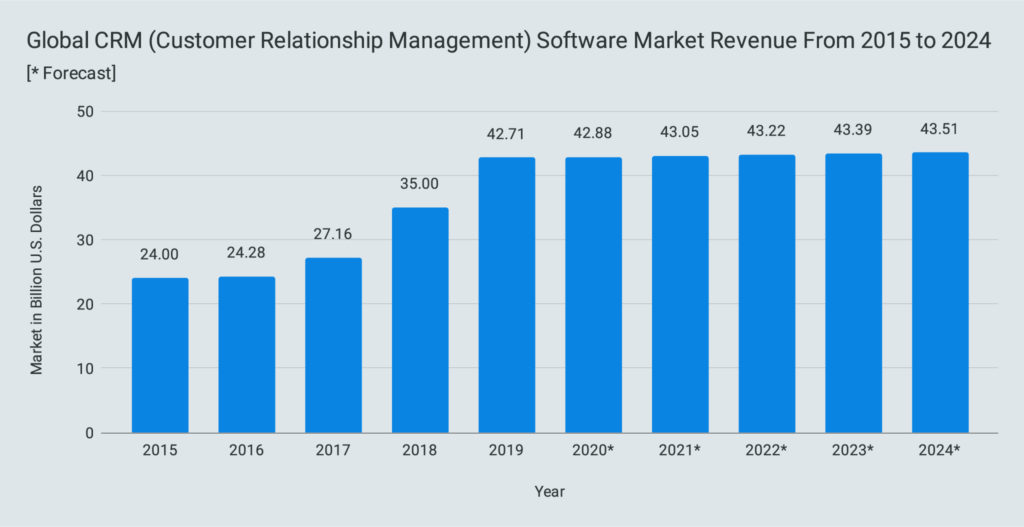
As the leader in the ERP market, SAP has put the CRM market in it’s primary focus—as former CEO Bill McDermott said in 2018:
We’re going to turn up the jets, and we’re going after CRM with everything we have.
[Handelsblatt]
The future of SAP CRM seems to be cloud computing. Salesforce, the CRM market leader, has offered only cloud computing to customers since its founding in 1999.
SAP finally acknowledged that and upped its cloud portfolio.
Currently, SAP is ranked 2nd in CRM software market:
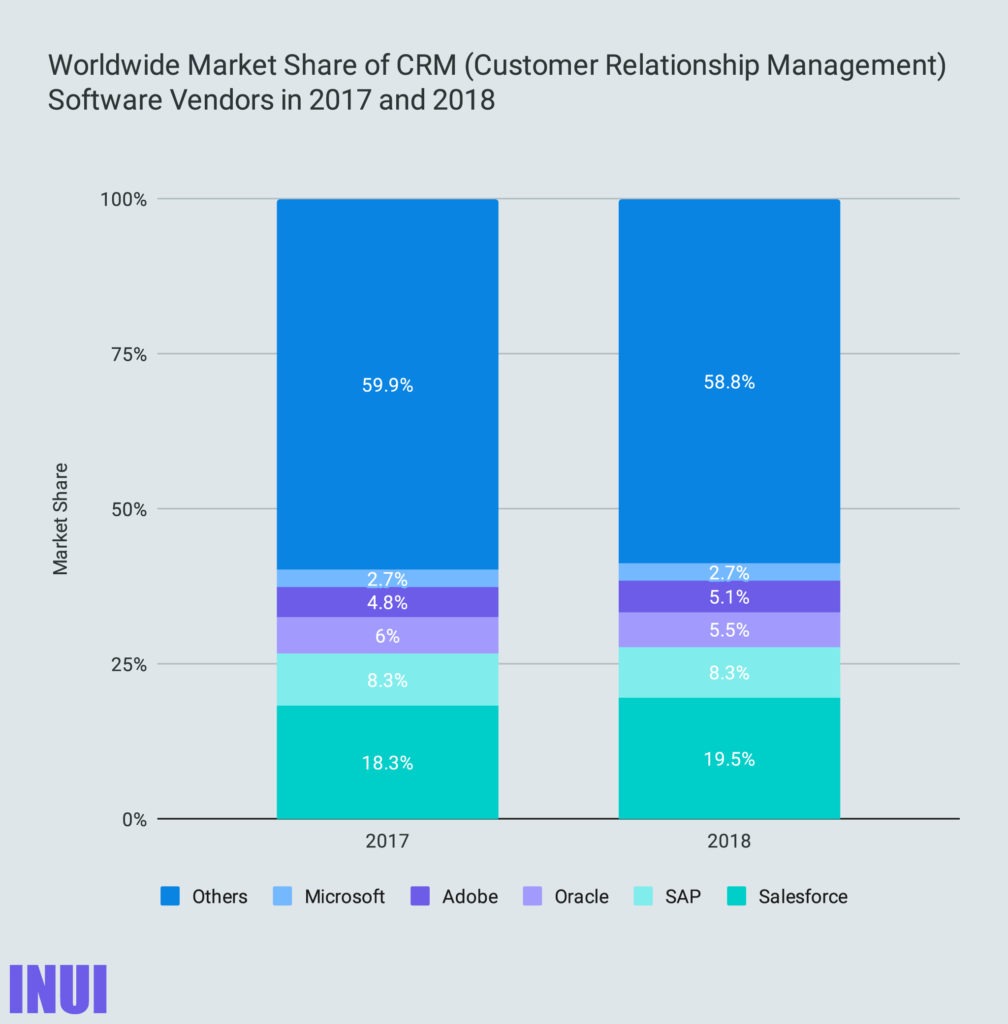
#9 What Does SAPUI5 Mean?
SAPUI5 full form is SAP User Interface for HTML5.
SAPUI5 was introduced in 2013 as the newest SAP user interface technology.
SAPUI5 is the main user interface technology for SAP S/4HANA, and a growing number of SAP applications use it.
There’s also an open-source, free version of SAPUI5. It’s called OPENUI5.
Modern applications consist of three layers:
- On top is the client that contains the user interface.
- In the middle is an application server
- At the bottom is a database
SAPUI5 is the top layer of an application. It’s the tech behind the screen that the end user sees and uses.
#screenshot
Besides SAPUI5, there is SAP’s SAP Fiori.
SAP Fiori describes the design guidelines for SAPUI5—what SAPUI5 should look and feel like.
SAPUI5 is the technical component and SAP Fiori determines the optical part of the new SAP user interface.
SAP aims to provide end-users with a consistent user interface for all SAP applications with SAPUI5 and SAP Fiori.
SAPUI5 is responsive—it works on desktop computers and mobile devices, too.
#10 What Does SAP Fiori Mean?
SAP Fiori full form is SAP Fiori and here’s why:
SAP Fiori stands for itself. Fiori is Italian for flower.
SAP Fiori is SAP’s new UX (User Experience) strategy.
SAP Fiori is design guidelines for how an SAP application is supposed to look and feel like.
SAP Fiori’s design guidelines are available on the official SAP Fiori website.
Many use SAPUI5 and SAP Fiori interchangeably, but they’re not the same:
SAPUI5 is the technology behind the new SAP user interface, and SAP Fiori is the guidelines for how it should look. It’s important to differentiate between SAPUI5 and SAP Fiori.
Imagine SAPUI5 as Legos and SAP Fiori as the manual, which explains how they are put together to build a web application.
There are more than 12,500 SAP Fiori standard applications, and the number keeps growing.
The name SAP Fiori standard application might be confusing because one could say an SAP Fiori standard application consists of 97% SAPUI5 and 3% SAP Fiori—probably sounds SAP Fiori just better than SAPUI5.
You can learn more about SAP Fiori here.
#11 What Does SAP CDS Mean
SAP CDS full form is SAP Core Data Services.
SAP CDS are the basis for SAP’s new programming model.
SAP’s new programming model moves most of the back-end logic from the application server to the database, from ABAP to CDS.
This push down of logic to the database is also called the code-pushdown or code-to-data.
SAP CDS views are what makes SAP CDS what it is. They come in two flavor: SAP ABAP CDS views and SAP HANA CDS views. The SAP CDS views are similar to the SAP ABAP Dictionary views in what they do.
SAP CDS views provide data from a database, they are first of all an extension of SQL that exploits SAP HANA’s features.
SAP CDS views enhance data with information (annotations) that SAPUI5 can consume through OData Services—CDS views can generate OData services.
#12 What Does SAP OData Mean?
SAP OData full form is SAP Open Data Protocol.
Microsoft initiated OData in 2007, and is it part of the Microsoft Open Specification Promise.
OData is a data access protocol based on REST (Representational State Transfer) for querying and updating data. You can sum up REST by saying that something is consistent in the way the web works.
Basically, OData allows a front-end to access information from any data source.
Therefore, OData opens up the data silos in SAP—OData connects SAP front-ends (such as SAPUI5) to SAP back-ends (such as SAP HANA).
For example, OData connects an SAP front-end such as a SAP Fiori application to an SAP back-end such as a HANA database via SAP CDS views.
OData uses industry standards to provide data as an API (Application Programming Interface). It’s been standardized by the OASIS since version 4.0.
OData provides data in common formats:
- Atompub (Atom Publishing Protocol)
- JSON (JavaScript Object Notation)
- XML (Extensible Markup Lnaguage)
#13 What Does SAP NW Mean?
SAP NW full form is SAP NetWeaver.
The SAP NetWeaver is a technical foundation and solution stack for SAP applications like SAP R/3, SAP ECC, and SAP S/4HANA.
SAP NetWeaver was developed by TopTier Software as a portal technology.
SAP acquired TopTier Software in 2001 and released SAP NetWeaver in 2003.
The SAP NetWeaver is an umbrella term for:
- SAP NetWeaver Application Server
- SAP NetWeaver Business Intelligence
- SAP NetWeaver Composition Environment
- SAP NetWeaver Enterprise Portal
- SAP NetWeaver Identity Management
- SAP NetWeaver Master Data Management
- SAP NetWeaver Mobile
- SAP NetWeaver Process Integration
SAP NetWeaver Application Server is a runtime environment for SAP’s on-premises applications such as:
- SAP R/3
- SAP CRM 7.0
- SAP ECC
- SAP S/4HANA
SAP NetWeaver offers custom development and integration with other systems and applications.
The SAP NetWeaver is built with:
- ABAP
- C
- C++
- Java
SAP NetWeaver can be extended with technologies such as:
- IBM WebSphere
- Microsoft .NET
- Oracle Java
You can learn more about SAP NetWeaver here.
More SAP Terms
There are many more terms in the SAP universe such as:
- BAdI
- BAPI
- SAP CRM Web Client
Take a look at this SAP glossary for a quick explanation of SAP terminologies and abbreviations.
Or, if you want definitions of SAP acronyms, stop by this SAP acronyms list.
